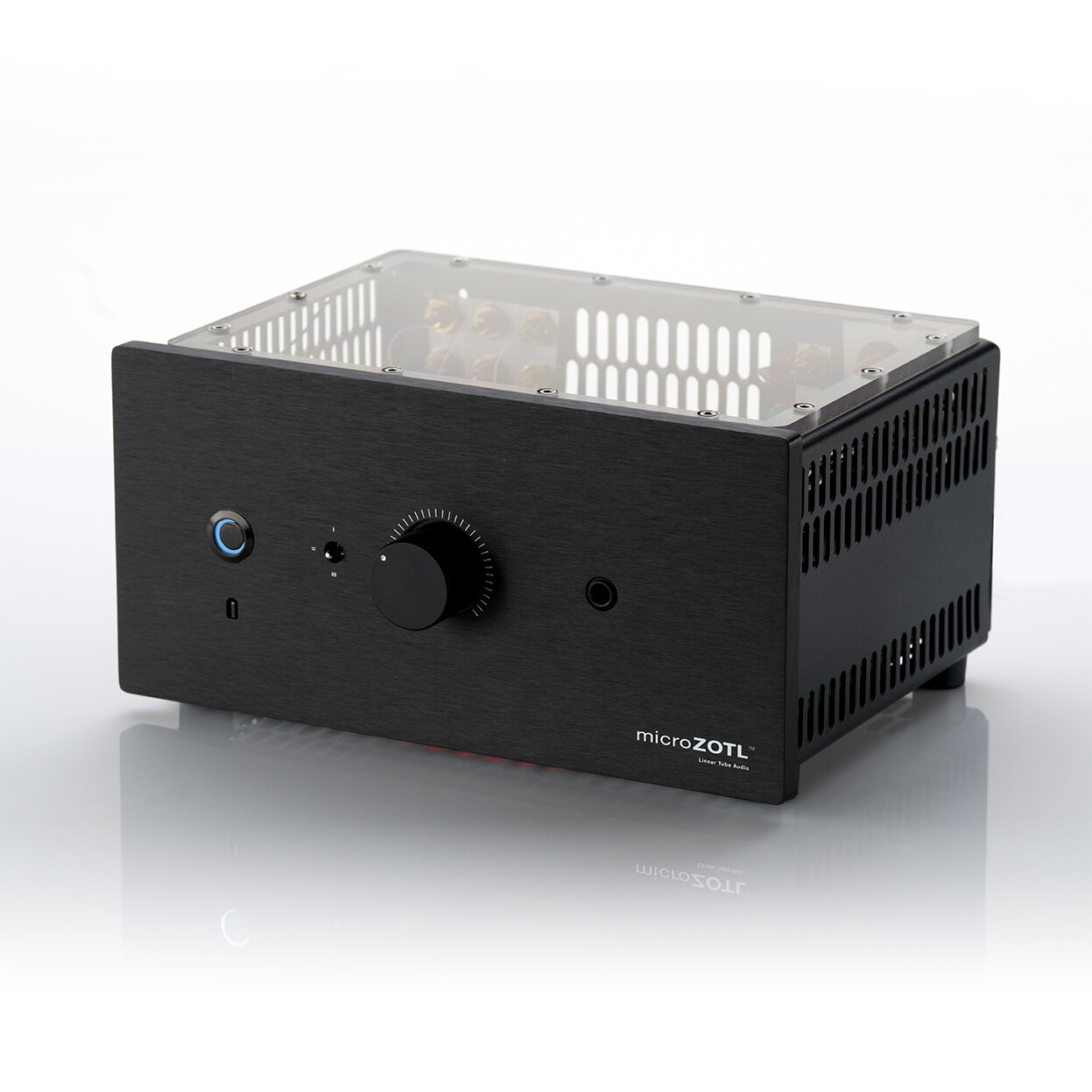I don't really know but yes, McIntosh have ALWAYS been known for good sound. I'd expect the noise to be inaudible and the distortion and frequency response should be better than human hearing. They should be as good as any solid state amp.
But IMO - It's silly to buy something made with technology that's been outdated for at least 50 years. It's expensive, especially if you want power (Watts), it's very energy inefficient, and the tubes age, their characteristics change*, and they eventually die.
Transistors and MOSFETs are "naturally" low impedance which makes them more suited for driving 4 or 8-Ohm speakers, and that means they can drive the speakers directly without an output transformer. (An audio transformer doesn't necessarily degrade sound, but it's "difficult" to make a transformer that covers the full 20-20kHz range, and even more difficult and more expensive if it has to handle power without distortion.)
Back in the tube days, most audio equipment wasn't that great. It was never cheap or easy to get good sound, especially from a power amp (or a power-output stage) since that requires a transformer. With solid state it's been pretty easy from the beginning, and it's just been getting cheaper and easier with integrated circuits.
...Guitar amplifiers may be an exception. Guitar amplifiers are not meant to be high fidelity, the tube circuitry and the output transformer are designed to distort in a "pleasing way", especially when overdriven. Electric guitar doesn't sound right when played through a hi-fi amplifier. This makes the amplifier "part of the instrument". It also means that they all sound different and every guitar player has their favorite amp as well as their favorite guitar. Of course there are also solid state guitar amps, and they are also not high-fidelity. And, there are some that can "model" a variety of other famous amps.
* A GOOD amplifier CAN be built so that as long as the tubes remain in-spec the sound won't deteriorate or change. I'm sure McIntosh amps are built this way. Although transistors & MOSFETs don't age, their characteristics (such as gain) varies from part-to-part. So solid stage amps are usually built with the same philosophy.... So every amplifier off the production line performs consistently even though the parts vary.

